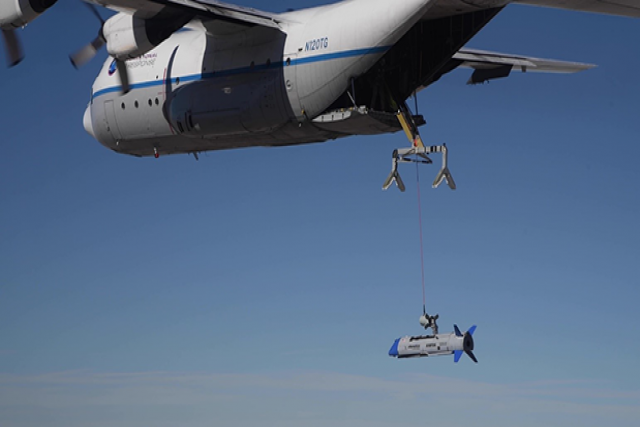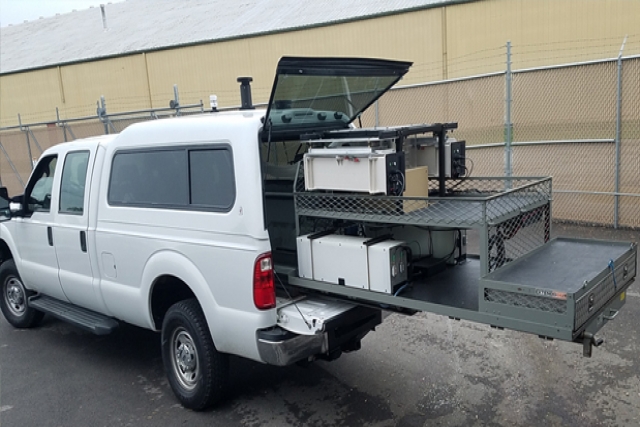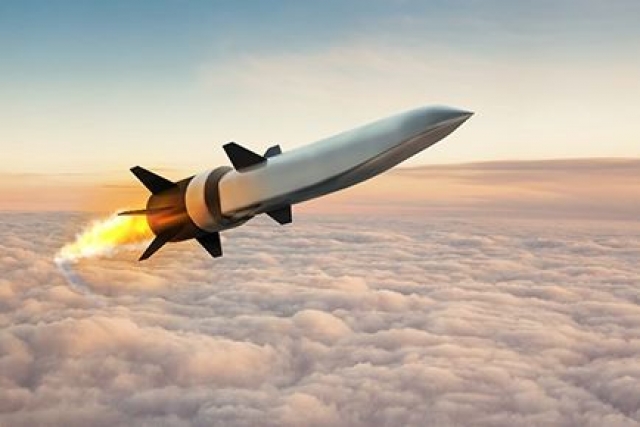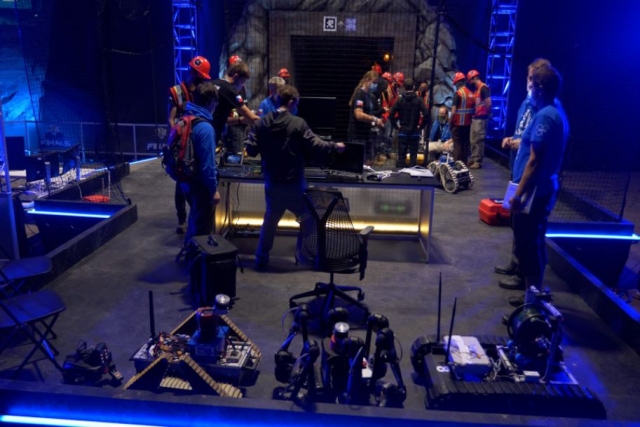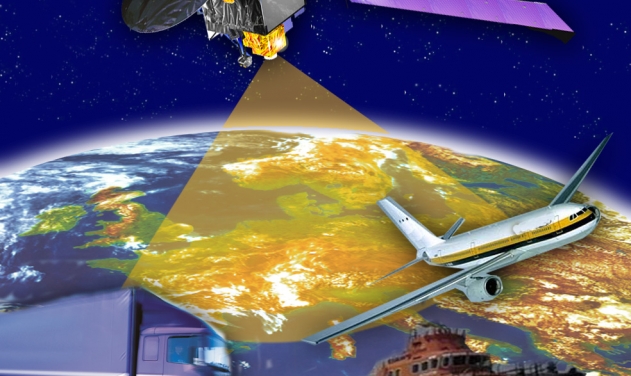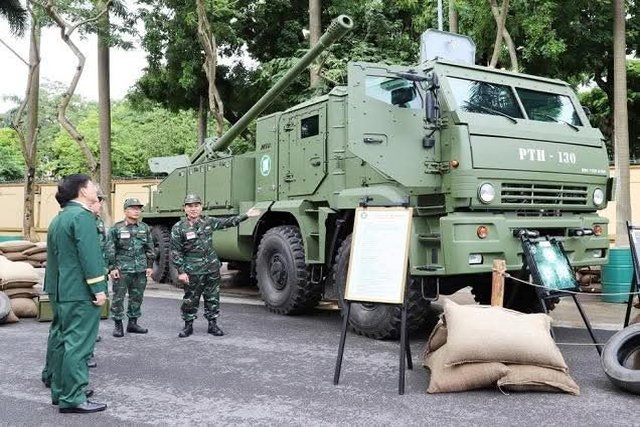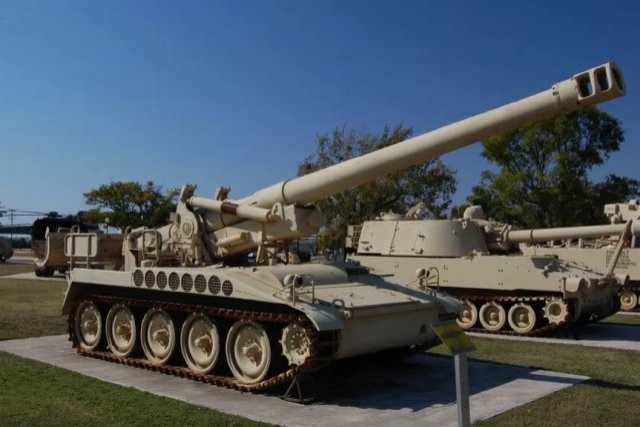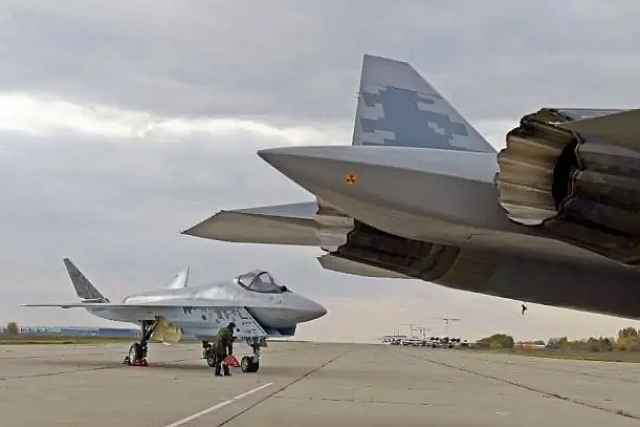DARPA’s OFFSET Project: Autonomous Air, Ground Vehicles in Final Tests
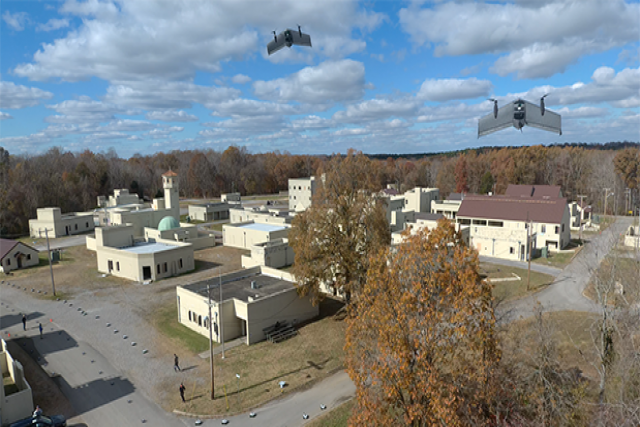
The U.S. Defense Advanced Research Projects Agency (DARPA) said its team working on the OFFensive Swarm-Enabled Tactics (OFFSET) program has deployed swarms of autonomous air and ground vehicles to test mission capabilities as part of final field tests.
The drone swarms are being tested at the Cassidy Combined Arms Collective Training Facility (CACTF) in Fort Campbell, Tennessee. Since the program kicked off in 2017, OFFSET has held six field experiments with objectives of increasing complexity and difficulty.
The program envisions future small-unit infantry forces employing large-scale teams of unmanned air and/or ground robots to accomplish diverse missions in complex urban environments. OFFSET specifically focused on advancements in collaborative swarm autonomy and human-swarm teaming capabilities. The goal is to develop a set of “swarm tactics” that can be used to implement a swarm commander’s intent using algorithms that autonomous systems can understand.
Two Swarm Systems Integrators – Northrop Grumman Mission Systems and Raytheon BBN Technologies – were tasked with designing, developing, and deploying an open architecture for swarm operations in both physical and virtual environments. The swarm systems consist of an extensible game-based architecture that enables the design and integration of swarm tactics, immersive interfaces for collaboration among teams of humans and swarm systems, and a physical testbed with hundreds of aerial and ground robots to validate new capabilities.
The testbeds consist of commercial off-the-shelf small unmanned systems, including backpack-sized rovers as well as multi-rotor and fixed-wing aerial vehicles. These systems, or swarm agents, were tasked by swarm commanders to execute swarm tactics to complete the FX-6 mission scenario. Swarm advancements demonstrated at FX-6 include:
- Combined collaborative operations using both Swarm Systems Integrators’ testbeds (300+ total platforms)
- Parallel use of “virtual” swarm agents alongside physical ones to assist in real-world mission
- Utilization of immersive swarm interfaces (e.g., virtual reality, augmented reality, sketch tablets, and mobile phones) to command and control swarms
“OFFSET has cultivated a community in addition to swarm capabilities in the last four years,” said Timothy Chung, the OFFSET program manager in DARPA’s Tactical Technology Office (TTO). “We have demonstrated in the field that these swarm capabilities are rapidly nearing availability for future operations, and the lessons learned from OFFSET will certainly contribute to future swarm advancements.”
In addition to the technology developments, systems integrators were tasked with creating a tactics exchange to foster community interaction. The OFFSET community includes the Naval Information Warfare Center Pacific (NIWC Pacific) experimentation team and a myriad of swarm sprinters, which were focused on specific thrust areas to encourage rapid innovation and continuous incorporation of the very latest technologies. OFFSET swarm sprints had six themes: swarm tactics, swarm autonomy, human-swarm teaming, virtual environment, application of artificial intelligence, and physical testbed.
Three swarm sprinters attended FX-6 and demonstrated their integration into the OFFSET ecosystem:
- Sentien Robotics showcased their HiveXL “drone carrier” units, enabling up to 80 drones to be automatically launched, recovered, and charged.
- Johns Hopkins University Applied Physics Laboratory demonstrated multiple fixed-wing aircraft capable of aggressive flight maneuvers in tight urban environments enabled by onboard collision avoidance.
- Michigan Tech Research Institute integrated developments from multiple swarm sprint efforts, including an acoustic spoofing payload and see-through-wall sensing payload capabilities for the virtual part of the experiment. As OFFSET focuses on transition opportunities, the program is scheduled to demonstrate its capabilities at Army Expeditionary Warrior Experiment (AEWE) 2022 at Fort Benning, GA in February.
Previous OFFSET field experiments took place at the New York Fire Department Training Division in Randall’s Island, New York; the U.S. Army’s Camp Roberts in Paso Robles, California; the Selby Combined Arms Collective Training Facility in Fort Benning, Georgia; the Combined Arms Collective Training Facility at Camp Shelby Joint Forces Training Center, Mississippi; and Joint Base Lewis-McChord (JBLM), Washington.
